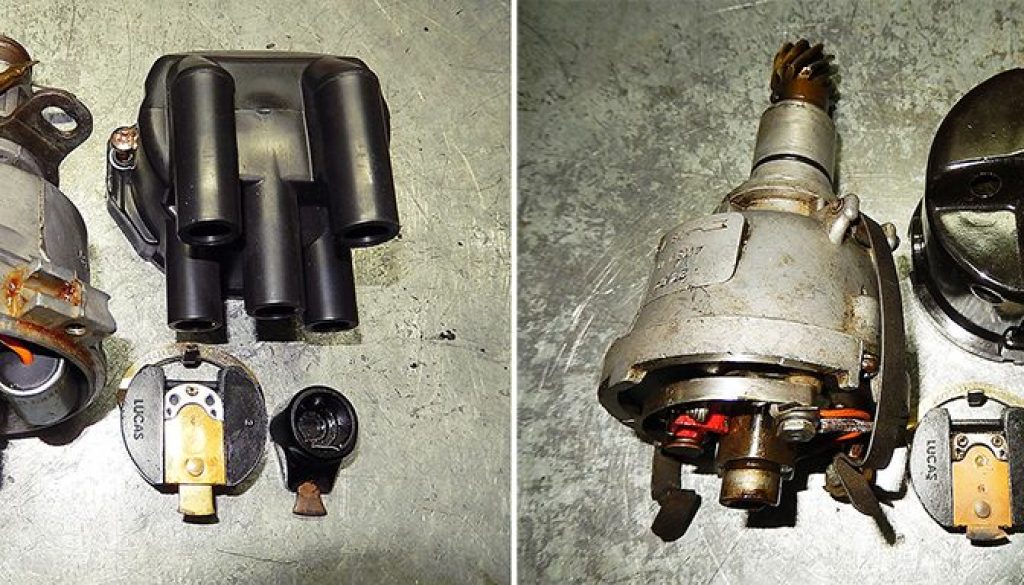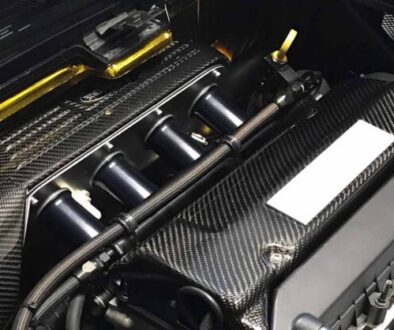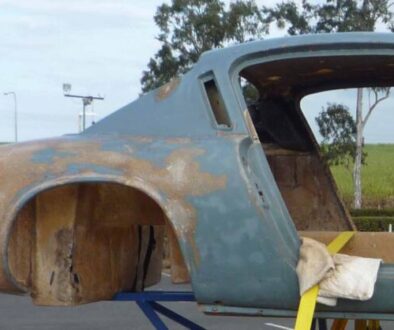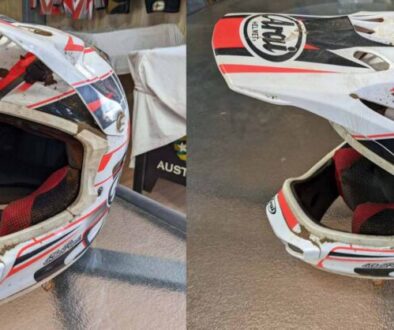Early Lucas Ignition Systems Plus Tune
by Greg Bray
First check cylinder compressions, then the valve clearances, they obviously need to be good and correct for good engine performance. Tight tappets particularly inlets will knock off performance. Some makes of engines are particularly prone. If compressions are wrong and uneven, a leak-down tester should be used to determine whether its valves, rings or gaskets.
Your twin choke carburettors should be the last thing you tune and adjust not the first. They will be easy to balance and tune when everything else is right.
There are basically three different ignition coils, Standard, Ballasted and Electronic. All these types will have different numbers of internal windings. The Standard type is used with points distributor resistance between plus and minus terminals, approximately 3.8. Some coils are not marked as to use. The Ballast coil is only to be used with resistor inline, between ignition switch and coil. It is designed to improve starting, it gets a 12v boost direct from a terminal on the pre-engage starter. Then goes back to 9v through the ballast system. Resistance between plus and minus is approximately 2.3.
My personal experience with my Crypton Tuner machine is that it often shows faulty and incorrect coils. You would not believe how many times I’ve done tunes and the tuner shows incorrect coils have been fitted. Example Ballast coils fitted to Standard systems burning out points. Or Standard coils on Electronic systems with tiny sparks causing difficulty in starting etc.
Distributor advance must be what manufacturers quoted. Check with timing light that it will make full advancement. Cars can have the wrong distributor, so you should check in manufacturers manual that you are getting the correct advancement, at the progressing r.p.m’s up to full advancement. When distributor will not reach correct full advancement it is usually the bob weight springs that are the problem. They have either been stretched or are the wrong type. None of the late Lucas points distributor parts rotor, caps etc are interchangeable with early parts, they are all different.
Distributor vacuum advance units are an economy device, not a performance unit.
Which is why they are not on a lot of early performance cars. So welding up the bob weights together, so there is no mechanical advance will not work. Even if you have a vacuum advance unit.
A word about the Dwell angle. The amount of time the points are closed and the low tension windings are earthing through the points and re-energizing the coil which is ready for the next break in the circuit, points open. So having too larger a points gag reduces Dwell angel and the coil has not got enough time to energize causing a high speed misfire.
Talking about engines that wont rev, early on you should check that when you press the throttle pedal to the floor the carbs have made full throttle. You’ll be surprised how many times they wont.




